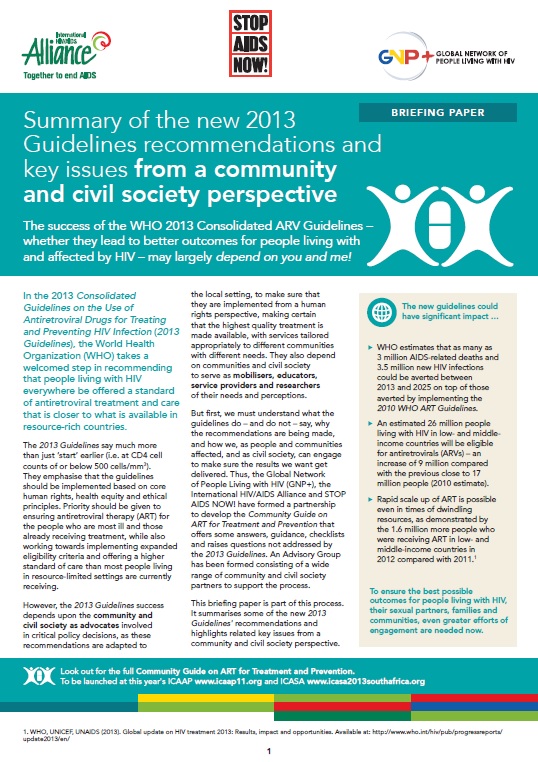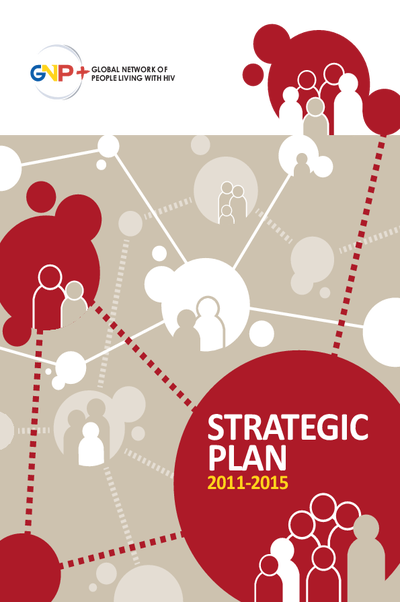Community voices: barriers and opportunities for programmes to successfully prevent vertical transmission of HIV identified through consultations among people living with HIV
Ginna Anderson, Georgina Caswell, Olive Edwards, Amy Hsieh, Beri Hull, Christoforos Mallouris, Naisiadet Mason, Christiana Nöstlinger
Abstract
Introduction: In 2010, two global networks of people living with HIV, the International Community of Women Living with HIV (ICW Global) and the Global Network of People living with HIV (GNP+) were invited to review a draft strategic framework for the global scale up of prevention of vertical transmission (PVT) through the primary prevention of HIV and the prevention of unintended pregnancies among women living with HIV. In order to ensure recommendations were based on expressed needs of people living with HIV, GNP+ and ICW Global undertook a consultation amongst people living with HIV which highlighted both facilitators and barriers to prevention services. This commentary summarizes the results of that consultation.
Discussion: The consultation was comprised of an online consultation (moderated chat-forum with 36 participants from 16 countries), an anonymous online e-survey (601 respondents from 58 countries), and focus-group discussions with people living with HIV in Jamaica (27 participants). The consultation highlighted the discrepancies across regions with respect to access to essential packages of PVT services. However, the consultation participants also identified common barriers to access, including a lack of trustworthy sources of information, service providers’ attitudes, and gender-based violence. In addition, participant responses revealed common facilitators of access, including quality counselling on reproductive choices, male involvement, and decentralized services.
Conclusions: The consultation provided some understanding and insight into the participants’ experiences with and recommendations for PVT strategies. Participants agreed that successful, comprehensive PVT programming require greater efforts to both prevent primary HIV infection among young women and girls and, in particular, targeted efforts to ensure that women living with HIV and their partners are supported to avoid unintended pregnancies and to have safe, healthy pregnancies instead. In addition to providing the insights into prevention services discussed above, the consultation served as a valuable example of the meaningful involvement of people living with HIV in programming and implementation to ensure that programs are tailored to individuals’ needs and to circumvent rights abuses within those settings.
Keywords: women living with HIV; people living with HIV; primary prevention; unintended pregnancies; sexual and reproductive health and rights; prevention of vertical transmission
(Published: 11 July 2012)
Citation: Anderson G et al. Journal of the International AIDS Society 2012, 15(Suppl 2):17991
http://www.jiasociety.org/index.php/jias/article/view/17991 | http://dx.doi.org/10.7448/IAS.15.4.17991



























